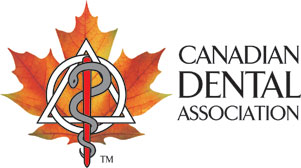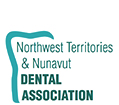
Soft drinks-even the sugar-free ones-contain acid that erodes tooth enamel. If you must, drink them quickly and use a straw to avoid extended contact with your teeth.
Living Healthy
Diet and exercise play an important part in keeping us healthy. But did you know that a healthy mouth is also an important part of a healthy body?
Oral health is part of your overall health. With a healthy mouth you can eat, speak and smile in comfort, which helps you feel physically, socially and mentally well. A healthy mouth helps you enjoy life.
Oral disease, like any other disease, needs to be treated. A chronic infection, including one in the mouth, is a serious problem that should not be ignored. Yet bleeding or tender gums are often overlooked. As part of a healthy lifestyle and to help reduce the risk of oral disease, follow CDA's five steps to good oral health. Download the poster.
5 Steps to a Healthy Mouth


 Keep your mouth clean
Keep your mouth clean
- Brush twice a day using a soft-bristle toothbrush and fluoride toothpaste.
- Wait at least 20–30 minutes after eating before brushing your teeth.
- Floss every day. After flossing, roll it up in a tiny ball and put it in the garbage. Never flush floss down the toilet.
- Look for oral care products bearing the Canadian Dental Association (CDA) Seal.

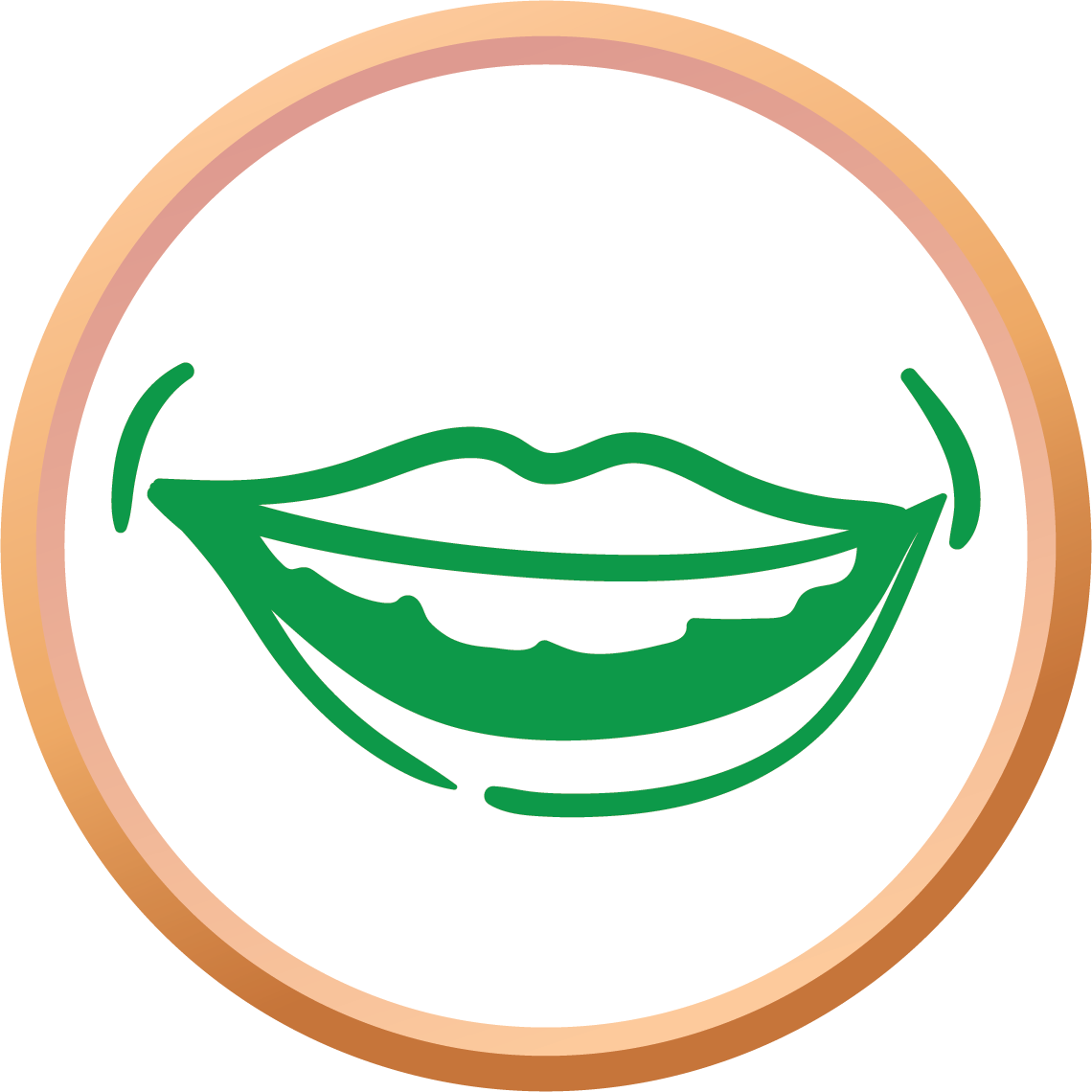
 Check your mouth regularly
Check your mouth regularly
Look for signs of gum disease:
- Red, shiny, puffy, sore or sensitive gums
- Bleeding when you brush or floss
- Bad breath that won't go away
Look for signs of oral cancer:
- Bleeding or open sores that don't heal
- White or red patches
- Numbness or tingling
- Small lumps and thickening on the sides or bottom of your tongue, the floor or roof of your mouth, the inside of your cheeks, or on your gums

 Choose a variety of healthy foods and drinks each day
Choose a variety of healthy foods and drinks each day
- Eat a well-balanced diet. Good nutrition helps build strong teeth and gums.
- Limit foods and beverages containing sugar, sodium, carbohydrates or saturated fats.
- Make water your drink of choice.
- Limit drinking alcohol.
- Munch on mouth-healthy snacks like cheeses, nuts, vegetables, and non-acidic fruits.
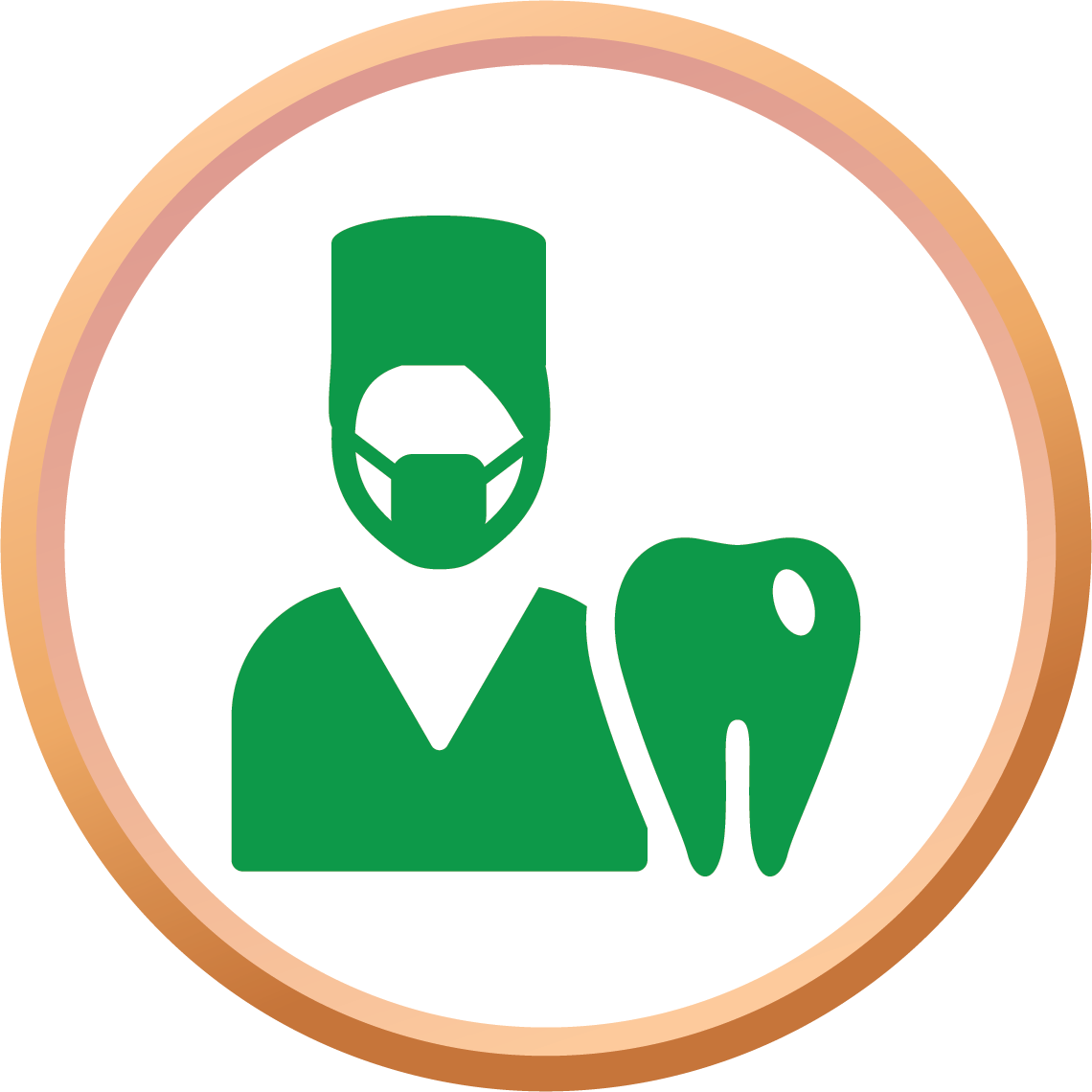
 See your dentist regularly
See your dentist regularly
- Regular dental exams and professional cleanings are the best way to prevent and detect problems before they get worse.
- Don't wait for a toothache or a dental emergency to look for a dentist. Ask for recommendations from friends, family, neighbours, or co-workers. If you're moving, ask if your current dentist can refer you to a dentist in your new area.
- Check out these tips for finding a dentist.
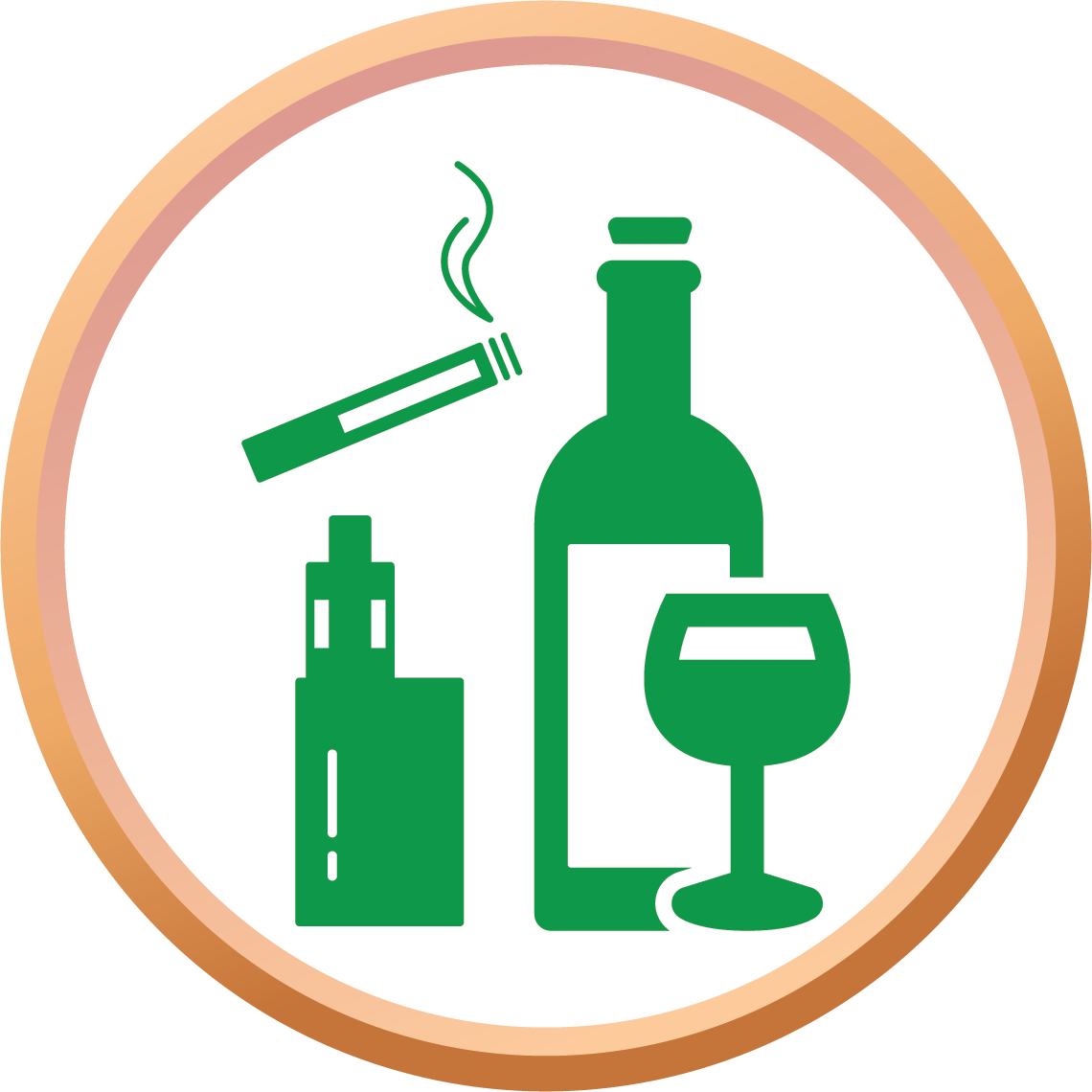
 Limit alcohol, and avoid smoking, smokeless tobacco and vaping
Limit alcohol, and avoid smoking, smokeless tobacco and vaping
- Tobacco use remains the leading cause of preventable death and disease in Canada.
- Smoking tobacco can affect the appearance and health of your mouth and gums. Smokeless tobacco ("snuff", "spit" or chewing tobacco), is held in the mouth between the teeth and cheek.
- By giving up tobacco, you can dramatically reduce your chance of developing a range of health conditions.
- Talk to your dentist about how tobacco is affecting your oral and overall health. Check out these quit supports and tips for living smoke, tobacco and vape free.
